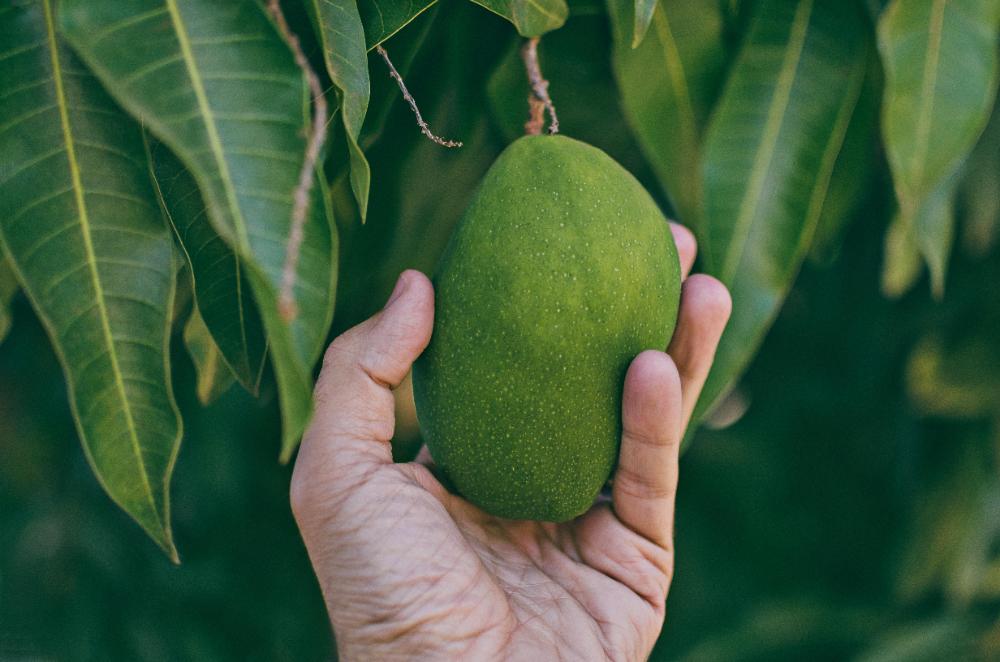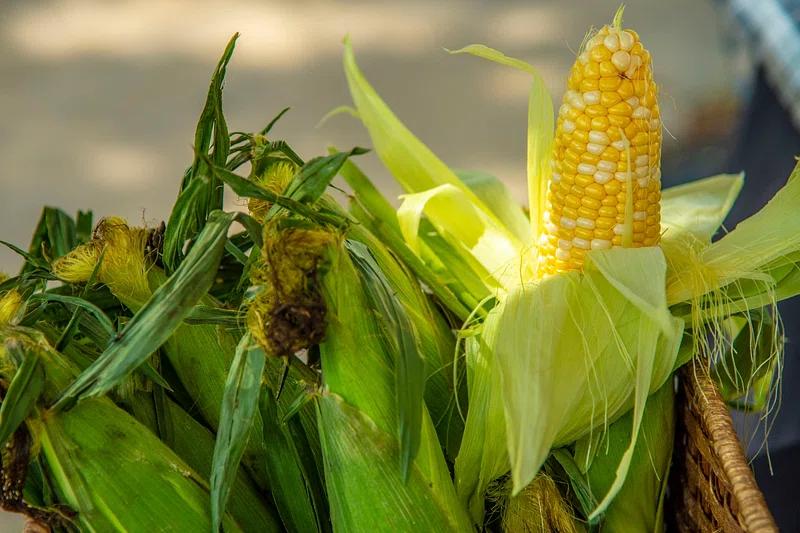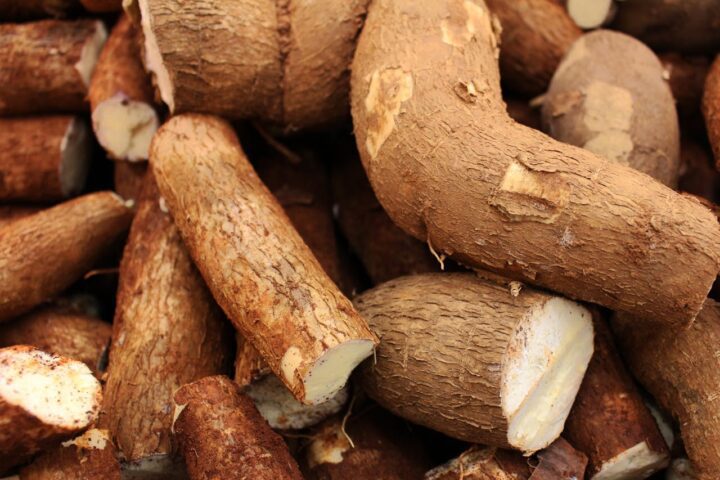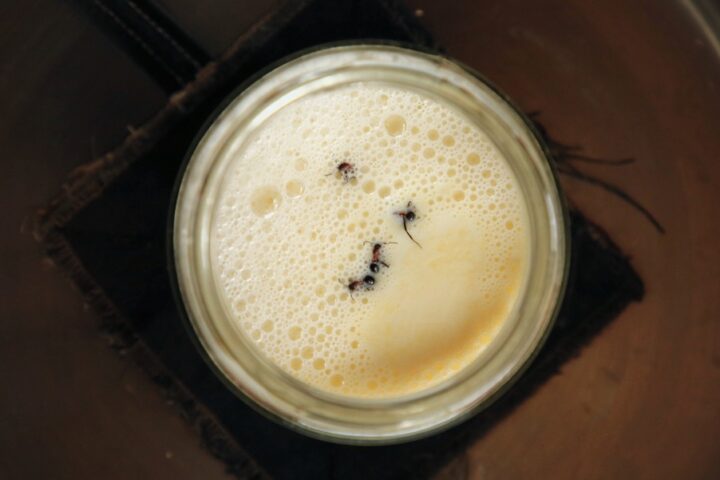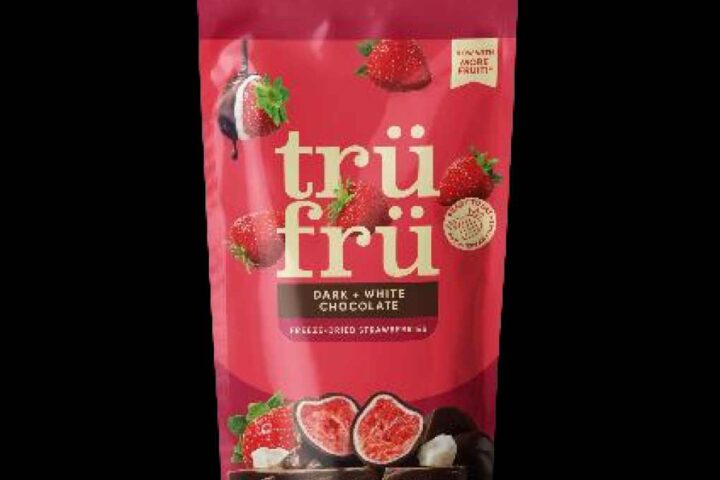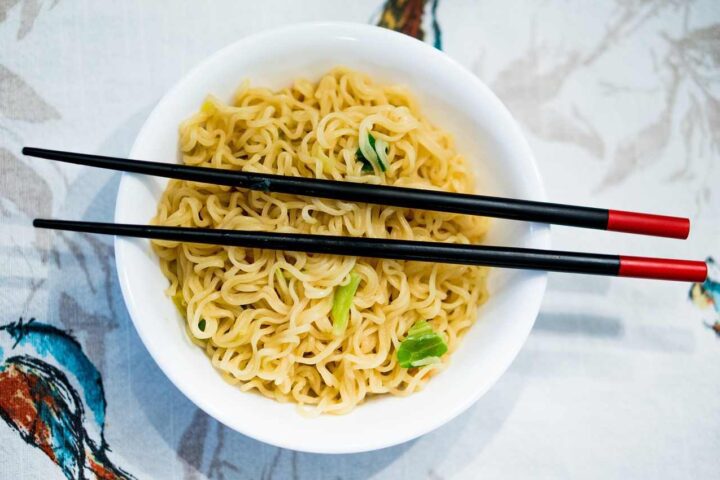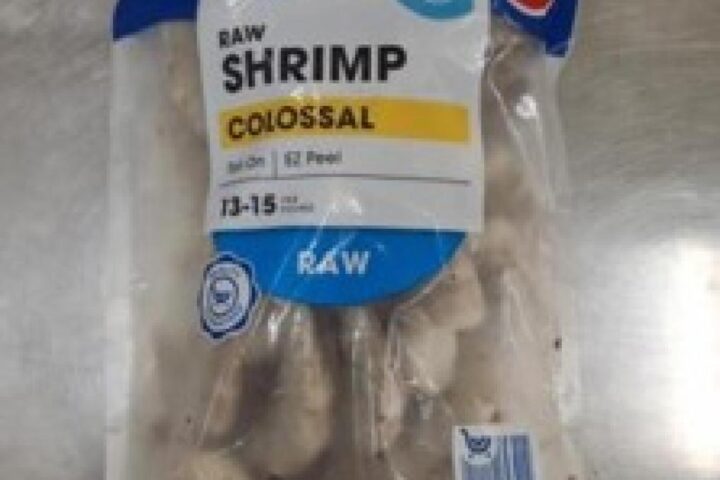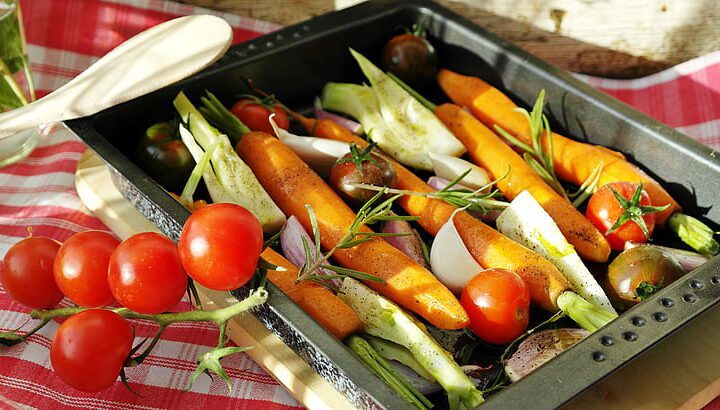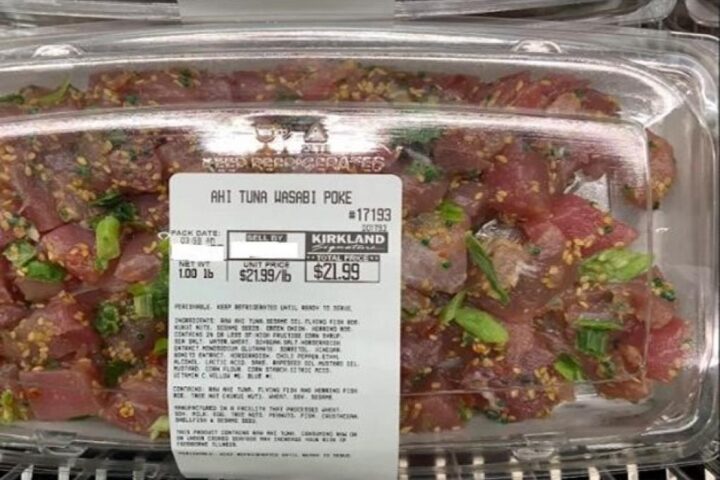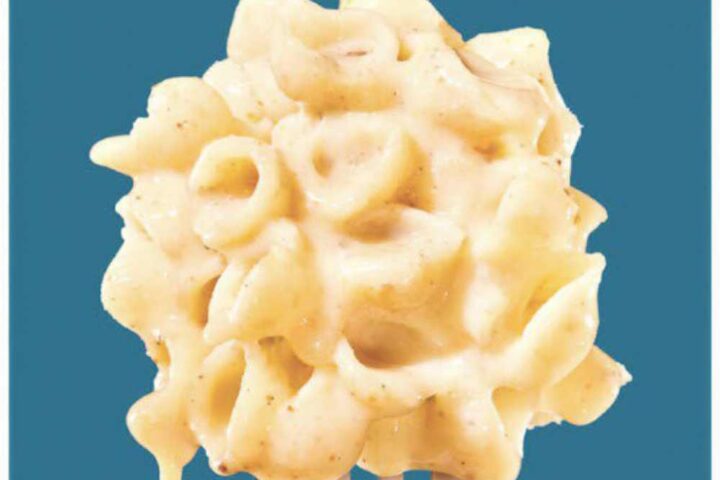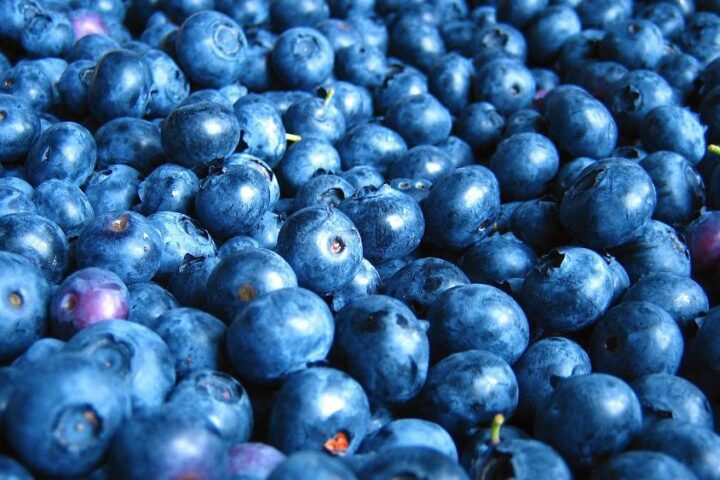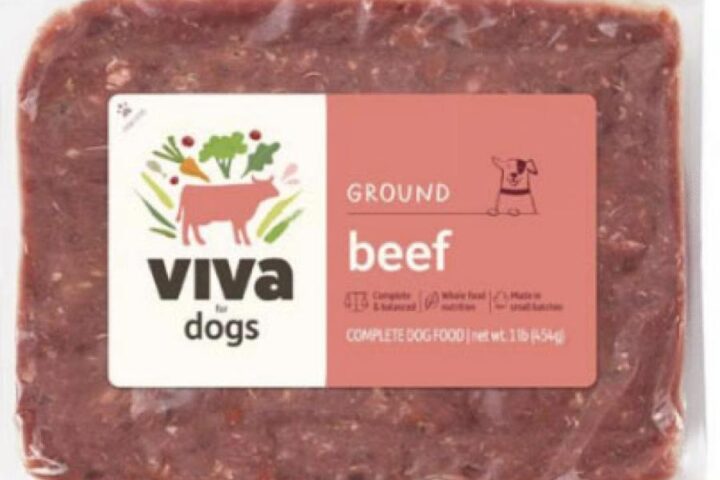The heat of July brings more than just summer vibes—it delivers nature’s golden gift in abundance. As World and National Mango Day approaches on July 22, 2025, mangoes are making waves across produce aisles. U.S. mango imports have surged approximately 19% over last year, with countries like Nicaragua seeing an impressive 87% increase in exports to American markets.
“Within ten days, the market flipped to one of shortage,” notes Henk van der Meij, a prominent mango importer, highlighting the volatility that characterizes this tropical fruit’s supply chain. This surge isn’t just happening stateside—India experienced roughly 70% higher volumes in April 2025 compared to 2024, with wholesale prices jumping from ₹5,489 to ₹8,063 per quintal.
Behind these numbers lies a fruit with 4,000+ years of history, countless global varieties, and a devoted following that spans continents. Let’s dive into what makes the mango worthy of its own celebration day.
Roots That Run Deep
Textual records trace mango cultivation to around 4000 B.C. in the Indo-Burma region, where the fruit held spiritual significance long before becoming a global commodity.
From these South Asian beginnings, mangoes traveled westward with Buddhist monks and eventually crossed oceans with Portuguese traders in the 15th century. Their voyage continued through migrations and colonial exchanges, eventually reaching the Americas through Mexico and Brazil.
Today, India produces approximately 40% of the world’s mangoes, with the fruit serving as a national symbol across South Asia. In India and Pakistan, the mango is the national fruit, while in Bangladesh, it is recognized as the national tree, with deep cultural meaning.
This ancient fruit now flows through modern global supply chains. Mexico shipped about 62 million boxes last season and expects to reach ~100 million in 2025, though yellow varieties face sizing challenges and fluctuating demand. Meanwhile, Peru experienced an oversupply that affected prices, and Brazil continues year-round exports, recently expanding into markets like Korea and South Africa.
A World of Flavor Profiles
When you hear “mango,” you might picture a single fruit, but this belies the extraordinary diversity among its 1,000+ varieties. Each offers distinct flavor notes, textures, and growing seasons.
The Alphonso, often called the “King of Mangoes,” delivers intense sweetness with notes of honey and citrus. Primarily grown in India’s western regions, its supplies have seen volatility due to climate patterns, with farmers reporting improved yields in 2025.
The Kent variety offers a juicy, fiber-free experience with a sweet tropical flavor profile and minimal stringiness. Common in Mexico and Ecuador, these large green-red mangoes maintain their quality during transportation, making them a supermarket staple.
Tommy Atkins dominates North American markets with its sturdy skin and extended shelf life. Though some critics find its flavor less complex than other varieties, its reliability in transport makes it valuable to retailers dealing with supply chain uncertainties.
Chaunsa mangoes bring an intensely sweet, almost resinous flavor profile to the table. Popular across Pakistan and parts of India, they’ve gained international recognition for their distinct aroma.
Ataulfo (also called honey or champagne mangoes) face supply constraints in 2025 due to sizing issues. These small yellow mangoes offer a buttery texture with minimal fiber and a rich, sweet flavor profile.
“Yellow varieties have experienced particular challenges this season,” notes van der Meij. “Sizing inconsistencies and fluctuating demand have created market uncertainties for these premium options.”
From Market to Table: Selection and Storage
The perfect mango experience begins with selection. Unlike many fruits, color isn’t always the best indicator of ripeness—focus instead on feel. A ripe mango yields slightly to gentle pressure, similar to a ripe avocado.
A fragrant aroma near the stem end signals ripeness. No scent often means the fruit needs more time to mature. For mangoes that need ripening, store them in a paper bag at room temperature, which traps ethylene gas and accelerates the process.
Once ripe, refrigeration extends a mango’s life by 5–7 days. For cutting, the most efficient method involves:
- Stand the mango on its stem end
- Slice downward about 1/4 inch from center to avoid the flat seed
- Score the flesh in a grid pattern without cutting through the skin
- Invert the skin to create the classic “hedgehog” presentation for easy eating
Supply volatility, as noted by industry experts, means quality and availability can shift dramatically within days. “The market can transform completely in just ten days,” explains van der Meij, making timely selection and proper storage particularly valuable skills.
Similar Posts
Global Celebrations on Your Plate
Mangoes transcend cultural boundaries, appearing in distinctive dishes worldwide. The National Mango Board’s “Joy Ride” tour, stopping in Chicago and Dallas in late July/August 2025, showcases this versatility through partnerships with Tajín and sampling events highlighting both traditional and innovative preparations.
In India, mangoes transform into cooling lassis, sweet shrikhand (strained yogurt dessert), and tangy chutneys that complement spicy curries. Mexican cuisine pairs mangoes with chili and lime in street-style treats like Chamoyada (spicy mango slushies) and fruit cups dusted with Tajín.
The Philippines celebrates the fruit in mango float, a luscious dessert of sweetened cream, graham crackers, and fresh mango slices. Thailand’s iconic mango sticky rice combines glutinous rice cooked in coconut milk with perfectly ripe mango slices.
For home celebrations, try these approachable preparations:
- Fresh mango salsa combines diced mango, red onion, jalapeño, cilantro, and lime juice—perfect with grilled fish or as a vibrant topping for tacos.
- Mango smoothie bowls offer a nutritious breakfast option—blend frozen mango chunks with banana and a splash of coconut milk, then top with granola and fresh fruit.
- Green mango salad, popular across Southeast Asia, delivers a refreshing balance of tart, unripe mango, herbs, and savory elements.
The processed mango products market, valued at approximately US$ 20.3 billion in 2023, is projected to grow to around US$ 32.3 billion by 2030 at a 6.9% CAGR. Major companies like Coca-Cola and PepsiCo incorporate mango pulp into beverages such as Maaza (Coca-Cola), Slice (PepsiCo), and Parle Agro’s Frooti, expanding the fruit’s commercial reach beyond fresh consumption.
“Our Instacart partnership offering free mangoes on National Mango Day aims to introduce more consumers to this versatile fruit,” says Ramón Ojeda of the National Mango Board, highlighting industry efforts to expand mango’s presence in American kitchens.
Nutrition Beyond Taste
Mangoes deliver impressive nutritional benefits alongside their tropical flavor. A single cup provides 67% of your daily vitamin C needs, supporting immune function and collagen production. The fruit also delivers vitamin A for eye health, vitamin B6 for brain development, and potassium for heart health.
The fiber content—2.6 grams per cup—promotes digestive health and satiety, while mangoes’ natural enzymes may aid digestion. Antioxidants like mangiferin show promise in preliminary research for reducing oxidative stress.
The organic mango market continues expanding, with the U.S. leading imports, followed by Germany and Thailand. Peru and Mexico lead the certified organic mango exports, reflecting growing consumer interest in sustainably produced tropical fruit.
Celebrating Mango Season
World and National Mango Day offers the perfect excuse to explore this fruit’s versatility. Whether you’re seeking out a new variety, attempting a traditional recipe from another culture, or simply enjoying a perfectly ripe specimen, July 22 marks an opportunity to appreciate this ancient fruit.
The National Mango Board’s “Mango Mixologist” tool provides inspiration for creative preparations, while their Instacart partnership makes trying fresh mangoes more accessible.
As supplies continue flowing from global producers, with Mexico’s nearly 100 million boxes projected and India’s record yields, summer 2025 presents an ideal moment to explore the world’s love affair with this tropical treasure. From ancient orchards to modern kitchens, the mango’s journey continues—one delicious bite at a time.
PHASE 1: RAPID ANALYSIS WITH PURPOSE
The H.A.R.M.O.N.Y Framework Assessment
H – Hook with Purpose: The most shocking element is that mangoes originated 4,000+ years ago in India and have evolved into 1,000+ varieties worldwide, with scientific research showing impressive health benefits that many people aren’t aware of.
A – Align with Values: This content serves sustainability (highlighting a natural, plant-based food), mindfulness (conscious eating choices), and authenticity (celebrating a fruit with deep cultural significance).
R – Relevance to Real Life: Practical applications include everyday nutrition (67% daily vitamin C in one cup), versatile culinary uses (from desserts to savory dishes), and seasonal celebration opportunities.
M – Multi-Platform Optimization: Instagram/TikTok for visual recipe demos and variety showcases; Facebook/LinkedIn for cultural heritage and nutritional content.
O – Optimize for Emotion: Primary emotions to target are curiosity (about varieties), inspiration (cultural traditions), and empowerment (health benefits).
N – Nurture Community: Builds conscious community by highlighting global cultural connections through food and uniting health-conscious consumers.
Y – Yield Lasting Impact: The content becomes reference-worthy through its balance of cultural heritage, practical nutrition facts, and actionable culinary applications.

The EARTH Framework Assessment
E – Environmental Evidence: Credible data on mango’s nutritional profile (67% DV vitamin C per cup), global production statistics (40% from India), and scientific studies on health benefits.
A – Action Orientation: Clear next steps include trying new mango varieties, exploring culturally diverse recipes, and incorporating mangoes into both sweet and savory dishes.
R – Relatable Storytelling: Human stories include cultural traditions (mangoes as friendship gifts in India) and global culinary applications across continents.
T – Timely Urgency: Connected to World Mango Day (July 22) and peak summer season availability.
H – Hope + Solutions: Balances awareness of supply chain challenges with empowering information on selection, storage, and versatile culinary applications.
Content Category Classification
Primary: Health & Holistic Nutrition Secondary: Environmental Sustainability & Climate Action Tertiary: Social Impact & Community Building
